
Silent Films are films with no synchronized recorded sound, especially with no spoken dialog. Most silent films were created between 1895 and 1936.
 The Artist (2011)
The Artist (2011)
 The Battle of Elderbush Gulch (1913)
The Battle of Elderbush Gulch (1913)
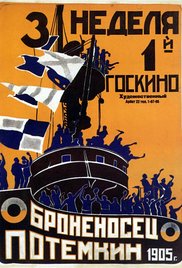 Battleship Potemkin (1925)
Battleship Potemkin (1925)
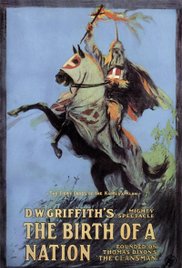 The Birth of a Nation (1915)
The Birth of a Nation (1915)
 Broken Blossoms (1919)
Broken Blossoms (1919)
 The Cabinet of Dr. Caligari (1920)
The Cabinet of Dr. Caligari (1920)
 Un Chien Andalou (1929)
Un Chien Andalou (1929)
 City Lights (1931)
City Lights (1931)
 Easy Virtue (1928)
Easy Virtue (1928)
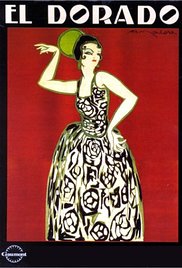 Eldorado (1921) - REGION 2 DVD
Eldorado (1921) - REGION 2 DVD
 The General (1926)
The General (1926)
 The Gold Rush (1925)
The Gold Rush (1925)
 The Great Train Robbery (1903)
The Great Train Robbery (1903)
 The Harold Lloyd Comedy Collection (1923-1932)
The Harold Lloyd Comedy Collection (1923-1932)
 The Heart of Texas Ryan (1917)
The Heart of Texas Ryan (1917)
 The Immigrant (1917)
The Immigrant (1917)
 L'Inhumaine (1924)
L'Inhumaine (1924)
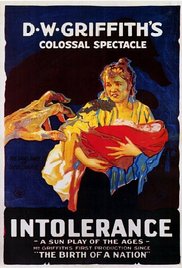 Intolerance (1916)
Intolerance (1916)
 It (1927)
It (1927)
 The Kid (1921)
The Kid (1921)
 The King of Kings (1927)
The King of Kings (1927)
 The Life and Passion of Jesus Christ, Our Savior (1912)
The Life and Passion of Jesus Christ, Our Savior (1912)
 Metropolis (1927)
Metropolis (1927)
 Modern Times (1936)
Modern Times (1936)
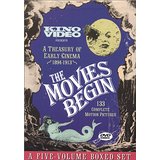 The Movies Begin: A Treasury of Early Cinema (1894-1913)
The Movies Begin: A Treasury of Early Cinema (1894-1913)
 Nosferatu (1922)
Nosferatu (1922)
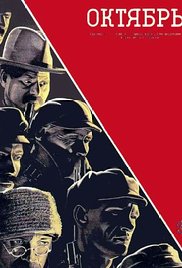 October 1917 (1928)
October 1917 (1928)
 Our Hospitality (1923)
Our Hospitality (1923)
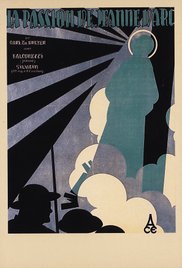 The Passion of Joan of Arc (1928)
The Passion of Joan of Arc (1928)
 The Sheik (1921)
The Sheik (1921)
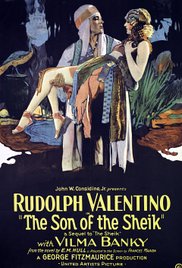 Son of the Sheik (1926)
Son of the Sheik (1926)
 Within Our Gates (1920)
Within Our Gates (1920)




